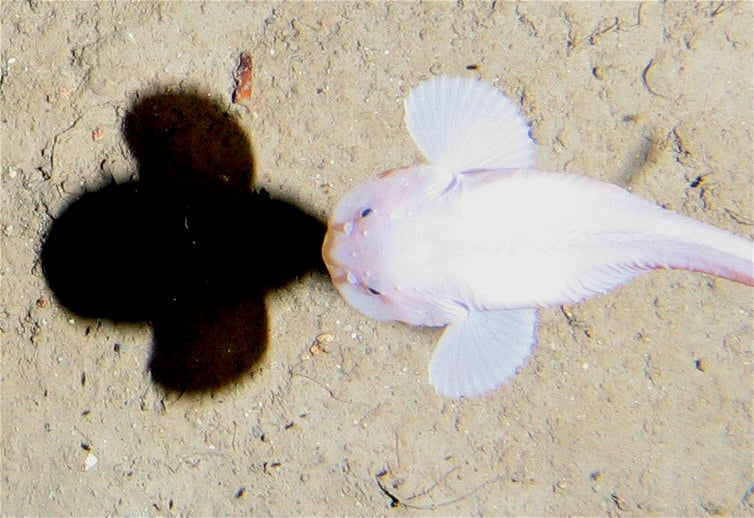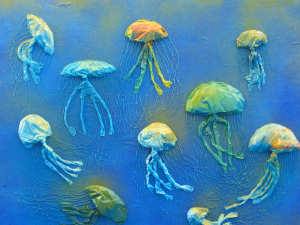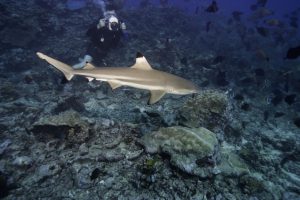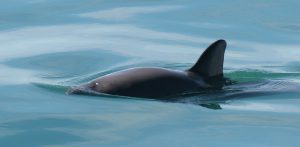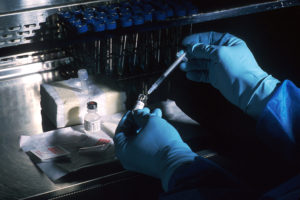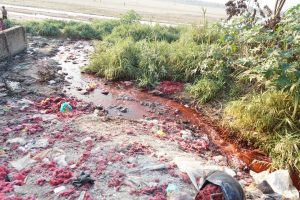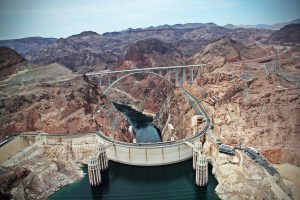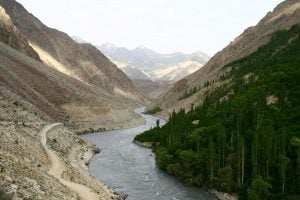Even animals from the deepest places on Earth have accumulated pollutants made by humans. That’s the unfortunate finding of a new study by myself with colleagues from the University of Aberdeen and the James Hutton Institute, published in Nature Ecology and Evolution.
Up until now I have tended to stick to the nice side of deep sea biology: discovery and exploration. My colleagues and I are quite at ease in ocean trenches as scientists there can usually work without having to wrestle with anthropogenic impacts like litter or noise and chemical pollution. It is Earth at its most pristine.
But in this instance, while investigating the ecology of Pacific trenches, and with such a unique opportunity to collect deep sea specimens, we couldn’t resist having a quick look for man’s mighty footprint.
We tested various different species of tiny scavenging crustaceans known as amphipods that we gathered between 7,000 and 10,500 metres in depth in the Mariana and the Kermadec trenches in the western Pacific. We found that regardless of depth, regardless of species, regardless of trench, these animals were loaded with the two types of persistent organic pollutants (POPs) we were looking for.
In creatures that live in shallower waters, exposure to POPs can reduce reproductive success and thus population growth. It’s hard to study deeper animals alive under controlled conditions but we can assume the pollutants have a similar effect. There were striking variations between trenches and between the sorts of pollutant, but the salient finding is that humanity’s footprint is thoroughly imprinted on some of the most extreme and remote environments on Earth.
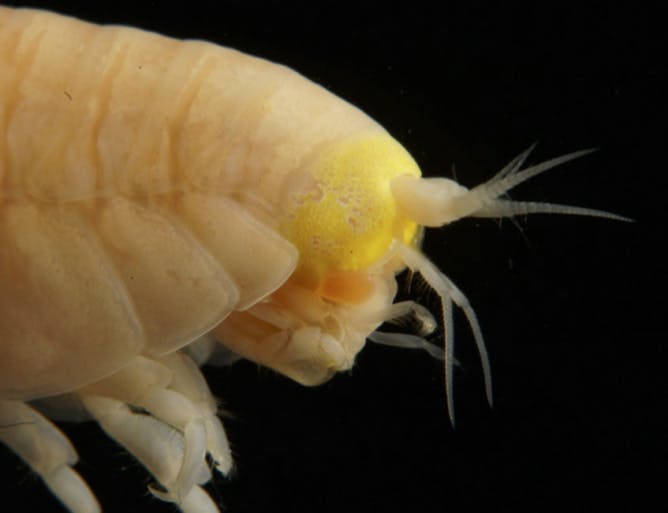
In the deep sea these pollutants are particularly concerning as they are inherently hydrophobic, which means they will bind to anything that isn’t water. This includes tiny specs of “marine snow” or larger carcasses that fall through the ocean, which is how the deep sea receives most of its energy. Therefore the primary mechanism of food supply to great depths is also a very efficient way to deliver pollution.
But where did it all come from? Take one of the two types of pollutants for example, a category known as polychlorinated biphenyls or PCBs. About 1.3m tonnes were produced between the 1930s and 1970s to use in paints, plastics, electronic equipment and more. Of this, 65% is now contained in landfills or still within electrical equipment. But more worryingly, the other 35% was accidentally released into the environment.
These pollutants are invulnerable to natural degradation and so persist in the environment for decades, therefore once they find their way into rivers, coast lines and the open ocean there’s plenty of time to sink many kilometres below the waves.
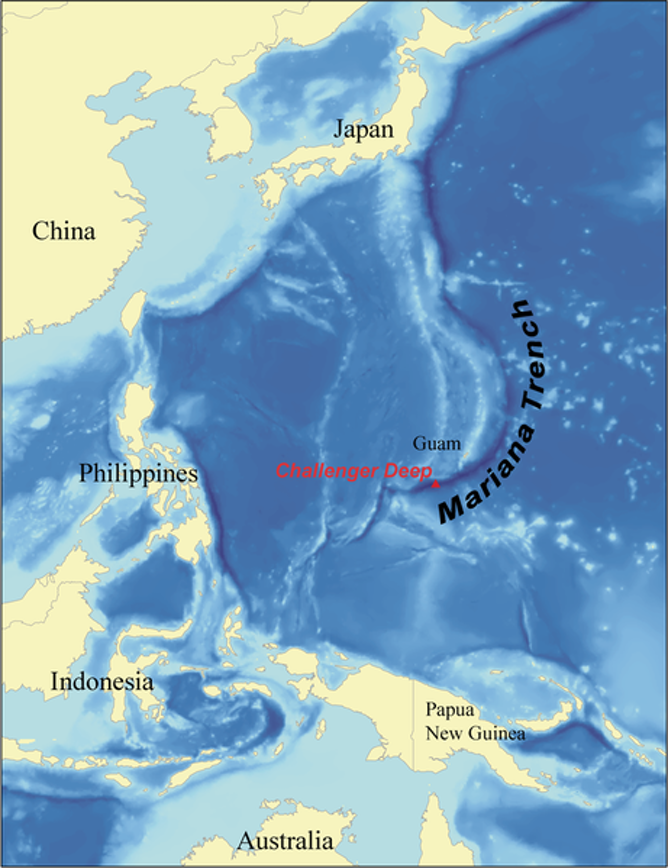
And once a pollutant finds itself in the greatest ocean depth, where else is there to go? The bottom of the Mariana Trench, for example, the deepest point on Earth, was found to host highly-contaminated amphipods. Once these POPs are in the food web there are no mechanisms for dispersal or reversal from such great depths, and hence the bio-accumulation will only continue.
The only positive from this story is that, once people realised these chemicals were an awful contribution to the world, POPs were banned by the 2001 Stockholm Convention. At this point one would hope some major lessons were learned. But no, we don’t have to look far to realise this taught us nothing. Just take a look at the plague of plastic microbeads (and other microplastics) turning up in the ocean following a brief excursion from, say, a cosmetics bottle, across someone’s face or armpit and then sent on the long journey down the plug hole.
It seems that once again, we have a shocking example of our own stupidity, as people gradually realise that plastic microbeads are, funnily enough, made of plastic, and that stuff that goes down the sink doesn’t magically disappear into another dimension.
The deep sea is closer than you think
We have all likely heard that “Mount Everest would fit into the Mariana Trench with over a mile to spare” or some other pointless analogy regarding the number of elephants standing on a car illustrating the high pressures in the oceans. These all serve to needlessly distance ourselves from these remote marine frontiers.
Of course, the pressure and depth are immense, which do require incredible physiological adaptations for survival, and equally clever engineering solutions for exploration, but the 11km that so easily swallows Mount Everest is still only 11km. Think of it like this: 11km is only half the length of Manhattan Island, I could legally drive it in less than six minutes, and Mo Farah could run it in less than 30 minutes.
The reality is that the deep sea just isn’t that remote, and the great depth and pressures are only an imaginary defence against the effects of what we do “up here”. The bottom line is that the deep sea – most of planet Earth – is anything but exempt from the consequences of what happens above it, and it’s about time we appreciated that.
This article is republished from The Conversation
